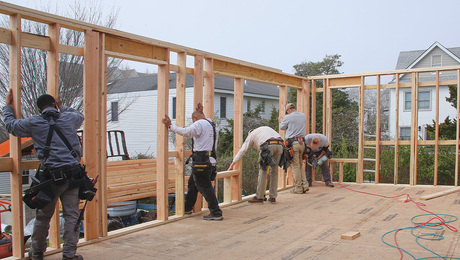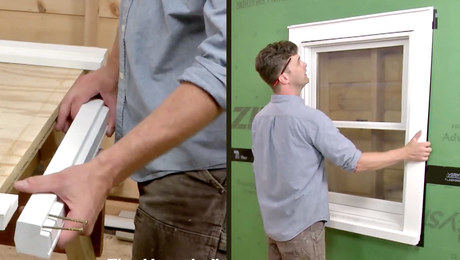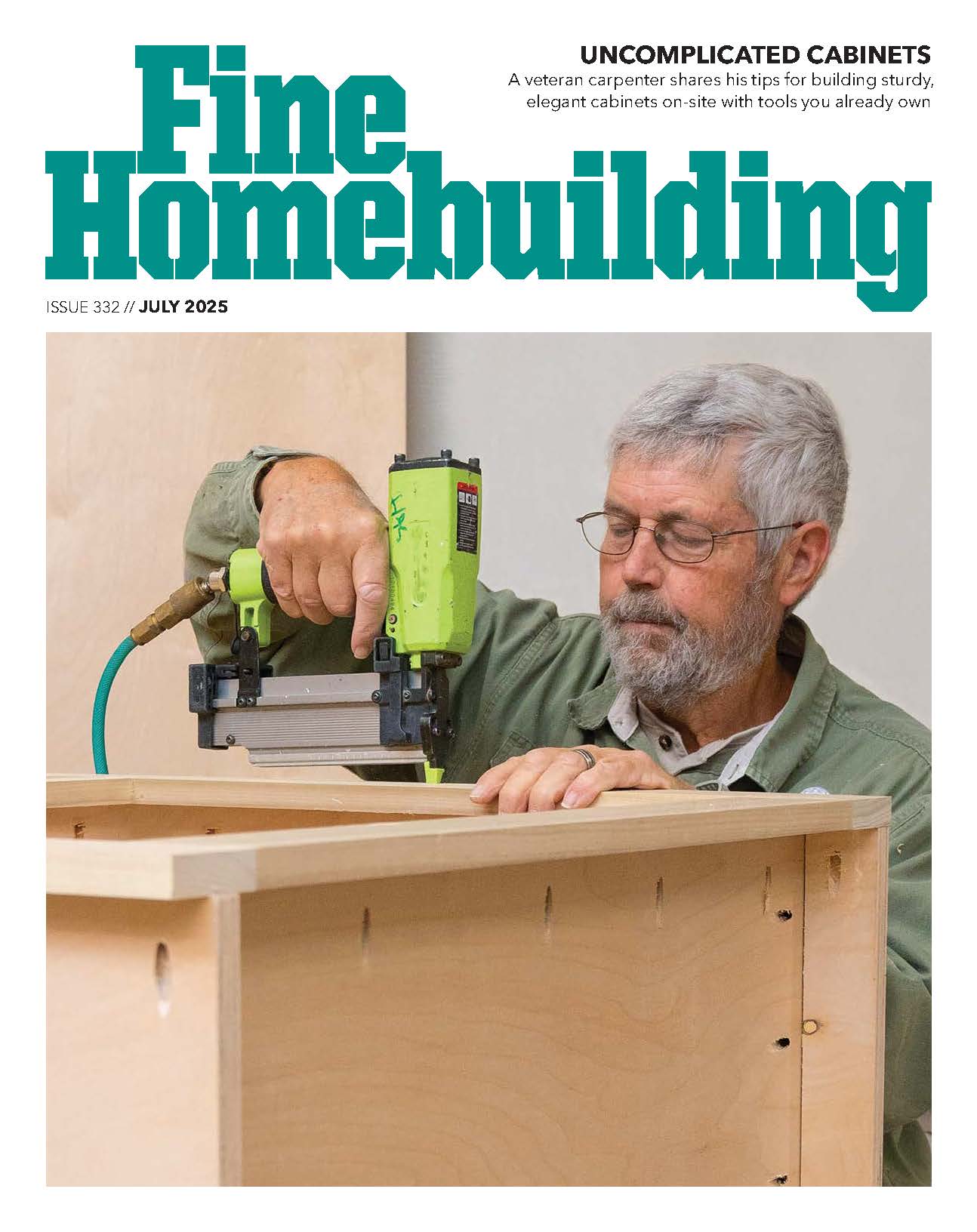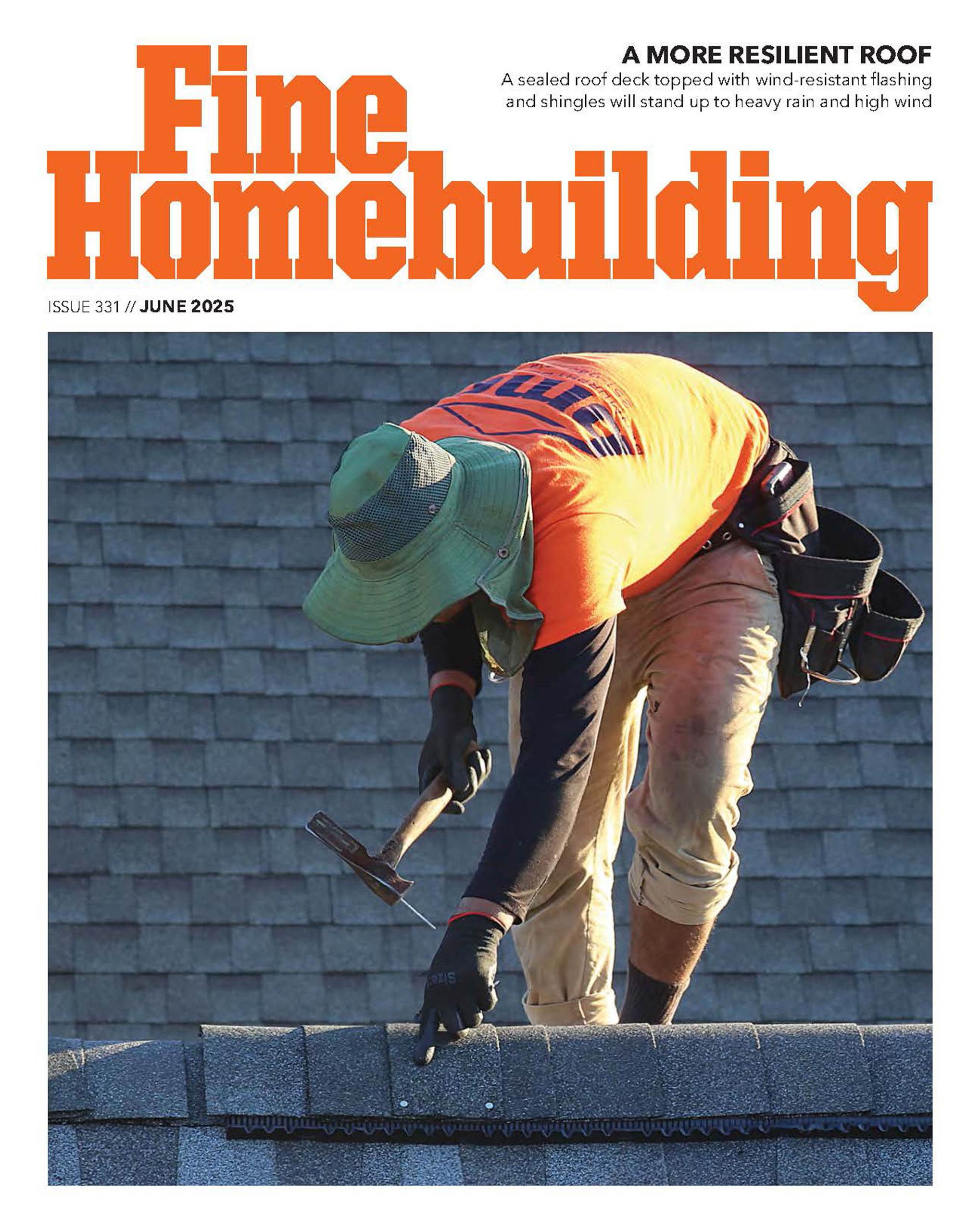breaker panel instead of load center?
Hello,
I have a 100A entry into the house with 8 gauge copper in a conduit going to the detached garage (gradually converting to workshop). The garage currently has a 4 slot Federal Pacific load center, that I want to get rid of. One because a breaker failed to trip, two because I’ve learned of the safety issues with this brand and 3 I’d like a couple more circuits. I was going to install a new 8 slot load center, but I have my 16 slot Westinghouse 100A breaker panel left from upgrading the panel in the house to one with more space.
Here’s the question, is there any reason not to install the 100A panel instead of getting a load center with no main breaker in the ? The 100A breaker would essentially become a master switch for the garage, with a 40A breaker in the house panel offering the over current protection. Logic tells me this is safe but who knows what a building inspector would say?
Thanks,
Adam



















Replies
A detached building requires that you have a Disconnect Switch in it. It only needs to function as a switch and not as an overload device (breaker) as the circuit is protected by the breaker in the main panel.
In most installations the function of the disconnect switch is performed by a main breaker in the sub-panel. It does not matter what the rating on that breaker or the panel is as long as it is equal or greater than the that in the main panel.
I usually recommend a 100 amp panel for a shop, even when it will be feed by a much smaller circuit because they are commonly available at a reasonable price and they have slots for future circuits.
Now you will have to convert the box to use as a sub-panel. That is done by remove the bonding screw or strap on the neutral bus. And in some cases you will need to buy and install a serate ground bus. About $7-10.
And you will have to run 4 wires, 2 hots, a neutral, and a seperate ground. And install ground electrodes, usually 2 ground rods, if you don't already have them.
.
William the Geezer, the sequel to Billy the Kid - Shoe
Edited 10/1/2009 11:23 am by BillHartmann
Thanks Bill,I think you meant 4 wires but only two hots. I have 240V already and there are three wires and a ground wire running from the house to the garage. I hadn't thought of the separate ground rods. Does the buried metal conduit negate the need for a ground rod? Not a big deal to add one regardless.I dug up a photo of the breaker panel I would be putting in the garage. By bonding strap, do you mean the strap that goes from the ground lug on the top left to the neutral bus on the right? If so, what is the reason? The neutral bus and ground are electrically connected by being screwed to the box itself.On a related note, the wires running under ground are copper and come in to a junction box near ground level. In the junction box it seems to connect to #8 aluminum, that runs 6 feet up to the panel. I was going to change it to all copper, but is that necessary?The joys of buying a 50 year old house. We bought from the daughter of the original owner. He was apparently a plumber that added a lot of electrical. I've been finding scary things.Thanks,Adam
Bill is leading you on the right track.
I'll comment on one thing though
>>the wires running under ground are copper ... to a junction box.... In the junction box it seems to connect to #8 aluminum..... I was going to change it to all copper, but is that necessary?<<
Depends on how big a breaker you want to install in the main panel to feed this sub-panel and / or how much power you want / need in your new shop.
#8 copper = 40 amps, #8 Aluminum = 30 amps
Jim
Never underestimate the value of a sharp pencil or good light.
Edited 10/1/2009 1:30 pm ET by JTC1
Yes, I meant 2 hots.With 60C degree rated wiring #8 CU is rated at 40 amps and AL is 30 amps. Bases on the age I would guess that you have 60 rated insulation.And while AL can be safe you need to make sure that the right methods where used. In this case the distance is short and apparenlty under rated so I would replace it."Does the buried metal conduit negate the need for a ground rod? Not a big deal to add one regardless."Yes, that serves as an electrode.Now I have never worked with metal conduit in that size, but I believe that you need a special bushing to guarantee contact with the panel case, specially if it is in a concentric knockout hole."I dug up a photo of the breaker panel I would be putting in the garage. By bonding strap, do you mean the strap that goes from the ground lug on the top left to the neutral bus on the right? If so, what is the reason? The neutral bus and ground are electrically connected by being screwed to the box itself."Now I am not clear how that box is constructed. I see what appears to be a plastic base unit. On most panels there is a neutral bus that when the strap or bonding screw is removed the bus becomes isolated for the case. And it requires running the neutral, in this case a #8, directly to the neutral block. I can't tell for sure, but I can't see any places for large wires to be connected.Now it appears that there are separate ground terminals located under the breakers. Not very convenient.You might want to look at 100 amp Value Pack panels at the home horror stores. They come with a collection of breakers. IIRC they are about $50-75. And you will have larger space in the panel and more and better accessable ground and neutral terminals..
William the Geezer, the sequel to Billy the Kid - Shoe
For 6 feet of wire and an extra 10 Amps, that's a no brainer. I'll just put in a couple ground rod's and not worry about the conduit as ground and special connectors for the knockout.The bottom terminal on the neutral bus will take probably a #6 cable. That's where the stove wiring was connected. It's kind of washed out in the glare of the photo. Connecting the #8 from the house will not be a problem.If the Neutral bus and the Ground bus are at the same potential, what's the reason for separating them? There is a plastic block under the neutral bus, I was just assuming it's connected to the box, since they are both the same potential. What is gained by having neutral connected to ground in the house and new ground connected at the garage. Is it because the 'master breaker' is in the panel in the house? Just curious what the reasoning is.The ground terminals are behind the breakers and yes they are a PITA to connect to. Most of the house had no ground wires so I added separate grounds to some of the more easily accessible boxes. Connecting the wires back there sucked.16 spaces in the box for the workshop should be plenty so if I can reuse the panel and breakers I would. I'm a one man show and can only run so many tools at once. Thanks again,Adam
"If the Neutral bus and the Ground bus are at the same potential,"But they ain't.They are only at the one potential at ONE SPOT. That is at the main entrance.Past that point whenever you have current flowing in the neutral you will have a voltage drop. And if a bad connection develops in the neutral you can have a large voltage drop.And the whole idea is that an metal that you contact regulary should be bonded, in one way or another the the grounding system. For detached buildings, there used to be an option so that you could only run 3 wires and bond the neutral and ground at the sub-panel, IF EITHER WHERE NO OTHER METALIC PATHS BACK TO THE MAIL PANEL. But if you had water pipe or TV cable or something like that then you would have some stuff referenced to the house and some to the sub-panel.But they have removed that option in the code..
William the Geezer, the sequel to Billy the Kid - Shoe